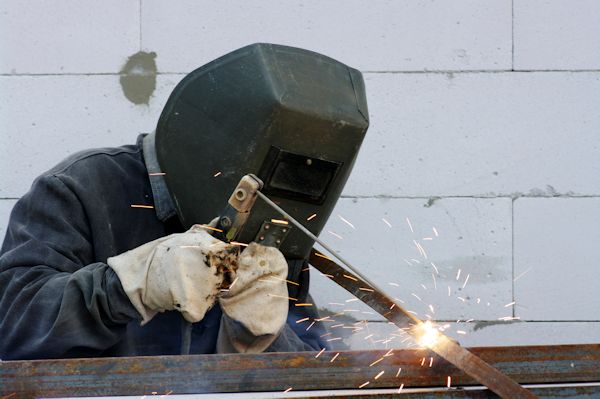Welding Fumes
Welding fumes contain a variety of chemicals depending on what is being welded on, chemical makeup of welding rods, fluxes and shielding gases. Workers in the area who experience the symptoms listed below should leave the area immediately, seek fresh air and obtain medical attention.

- Acute exposure to welding fumes and gases can result in eye, nose and throat irritation, dizziness, and nausea.
- Prolonged exposure to welding fumes may cause long-term effects such as lung damage and various types of cancer, including lung, larynx, and urinary tract.
Health effects from certain fumes may include metal fume fever, stomach ulcers, kidney damage and nervous system damage. Prolonged exposure to manganese fumes can cause Parkinson's-like symptoms.
Gases such as helium, argon, and carbon dioxide displace oxygen in the air and can lead to suffocation, particularly when welding in confined or enclosed spaces. Carbon monoxide gas can form, posing a serious asphyxiation hazard.
Knowledge Check Choose the best answer for the question.
1-6. What is the long-term danger from prolonged exposure to welding fumes?
You forgot to answer the question!
